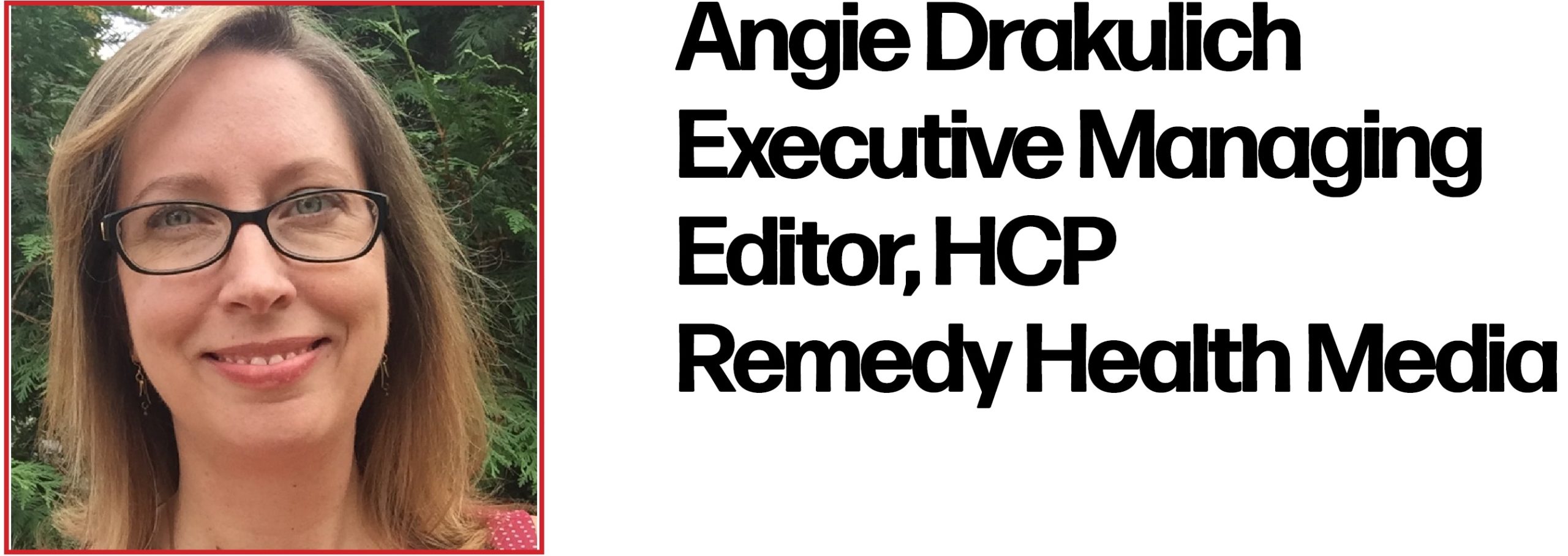During the pandemic, the act of patients visiting their doctor was dramatically impacted. Some patients simply decided to delay doctor visits while others turned to telehealth appointments. And for those who did see their doctor in person, the experience was a little different with new procedures in place for waiting, checking in, and sometime even in the exam room. Now that more patients are expected to return to their doctors, we asked readers to send their best pitches for ways the life sciences industry could improve the patient-doctor visit whether it is virtual or in person.
 EHR-based Patient Preparation
EHR-based Patient Preparation
We’ve all been there: walking out of an appointment, feeling like you didn’t completely articulate what brought you there. But patients often defer to doctors to drive the conversation and time-strapped HCPs lack rich prompts to elicit high-quality answers. Without the right words and/or opportunity to convey them, patients can leave disquieted and somewhat distrustful that the advice received is accurate, leading to potentially poor adherence and a lessened desire to seek a doctor’s counsel in the future.
But imagine an EHR-based, appointment-triggered patient outreach that prepares the patient for what the HCP will want to know with clear explanations of how each input impacts treatment choices. Some data collection may be automated, while other answers are supplied prior to/at the appointment. Engaged HCPs can personalize the request, prioritizing pre-populated questions and/or incorporating new inquiries. For patients currently on therapy, a branded version can reinforce the HCP’s chosen treatment, while more diagnostic unbranded versions can be triggered for patients in need of a prescription.
 Don’t Forget the Follow-up
Don’t Forget the Follow-up
A major gap in point-of-care service, whether in-person or virtual, is adequate follow-up. Follow-up must occur on the part of the clinician (i.e., reaching out to the patient to schedule a next appointment or to ensure a referral appointment is made) but also on the part of the patient (i.e., coming to that next appointment or seeing through a referral visit). Of patients referred by their primary care providers for treatment, only 50% of them actually make the referral appointment.1
Part of a successful point-of-care model is adequate screening from the get-go. If a full patient history is not taken—including potential historical or current trauma, familial history, and comorbidities—important details can be missed, affecting the diagnosis, treatment regimen, and recovery. If a screening fails, then follow-up will not be pursued, and the patient is likely to drop off. Multiple touchpoints—based on a solid history and initial exam—can not only improve the patient experience but also the provider-patient relationship.
Reference:
1. Nierengarten MB. “Should There Be an Annual Mental Health Assessment?” Psycom Pro. July 12, 2021. Available at: https://bit.ly/3pz3D3i. Accessed October 4, 2021.
 Making the Experience More Personal
Making the Experience More Personal
HCPs are often unaware of the personal circumstances impacting a patient’s life as an individual enters a medical office or telehealth portal. Therefore, life sciences brands must share messages with prescribers that facilitates dialogue with patients to uncover their real-world situation, which will elevate the care afforded to the individual. The HCP’s workflow on point-of-care platforms creates an opportune moment to deliver informative messages that aids the prescriber’s interaction with their patient as they address medical needs and personal circumstances while discussing therapeutic options. Further, when financial situations create a barrier for medication adherence, then messages detailing patient assistance programs can be shared by life sciences organizations to better assist the prescriber.
In the post-pandemic setting, patients will expect personalized interactions with HCPs about their medical condition. During virtual visits, customized communications delivered by life sciences companies on point-of-care channels enable prescribers to be more knowledgeable about the support that will benefit their patient. When life sciences brands devise messaging campaigns that resonate during an HCP’s journey on point-of-care networks, then individualized messages will create a powerful impact that leads to better patient outcomes.
 Optimizing the Telemedicine Experience
Optimizing the Telemedicine Experience
In dermatology, telemedicine use prior to the pandemic was at 9% and leapt to 96% at the first pandemic peak. More than 7 in 10 U.S. dermatologists state they will continue to use telemedicine, assuming reimbursement is at an appropriate level.
At the same time, derms have experienced some downsides in evaluating, with certainty, the state of a patient’s skin on a computer or phone screen in a profession where visual diagnosis rules. This can contribute to a reluctance to change the course of therapy without a face-to-face visit.
To assist in their own care, patients need accurate lighting on their webcams that doesn’t discolor the skin, increase/decrease redness, or otherwise muddle the appearance of their condition, which would be easier to diagnose in person. An ideal visit would also prepare the patient with pre-visit questions within the telemedicine platform, such as:
- What the patient wants out of the visit
- Length of time with current or new symptoms
- Impact of symptoms medically and on their work or major relationships
Across specialties, whether a chronic or new patient, gathering these facts can both help the clinician and pre-clarify the patient’s thinking, leading to improvements in understanding and more satisfying patient encounters.
 Consider the Patient Perspective
Consider the Patient Perspective
As a couple on a decades-long cancer journey together—patient and care partner—we have experienced the good, the bad, and the ugly at point of care. Whether the interaction between patient/care partner and physician is in person or virtual, here are a few critical initiatives that can drive a successful interaction and ongoing relationship:
- Assume zero familiarity with medical terminology and digital technology. Enlist patients when creating health literacy programs and let patients test digital tools.
- Help patients understand why cancer treatment is not “one size fits all.” With the help of healthcare providers, educate about the individualized/precision medicine approach, and why proper genomic testing and second opinions from leading experts can yield better outcomes.
- Don’t underestimate the power of peer influence in the digital world. Patient advocates and social media influencers can make or break the impact of pharma outreach; these survivors/thrivers have their finger on the pulse of peers’ concerns. Seek arms-length, educational opportunities.
- Remember that trust is fragile—especially in the digital world. Patients are quick to shun self-serving outreach. Collaborate and support external stakeholders who have built trusted relationships with patients and loved ones. Let real patients tell their stories to lend credibility.
- Listen carefully…then act.
 Cater to Rare Disease Patients
Cater to Rare Disease Patients
How can life sciences companies improve the patient experience? The answer may be as simple as providing virtual healthcare access to the 1 in 10 (~30 million total) Americans living with a rare disease, who are also faced with psychological and socioeconomic challenges impacting their quality of life and the ability to properly manage their disease.
Many families have little to no experience using telehealth and their lack of digital literacy, technology, and sufficient internet access continues to make it a non-viable option. About 32% of rare disease patients expressed that they had trouble accessing care and treatment during the pandemic, putting them at greater risk for disease progression and suboptimal management.
During this digital-era, partnerships between pharma companies, advocacy foundations, and non-profit organizations (such as PCsForPeople.Org) can be increased to enhance the patient experience by providing grants and patient-support programs to ensure patients’ access needs are met.
Additionally, companies can create patient-friendly toolkits to help facilitate effective virtual appointments, including information and materials to help them pre-and-post appointment (e.g., guidance on downloading apps, turning on software such as camera/microphones, and information on at-home and/or lab-required tests).








